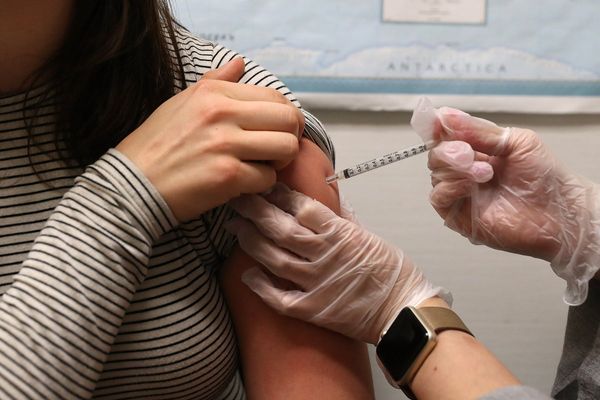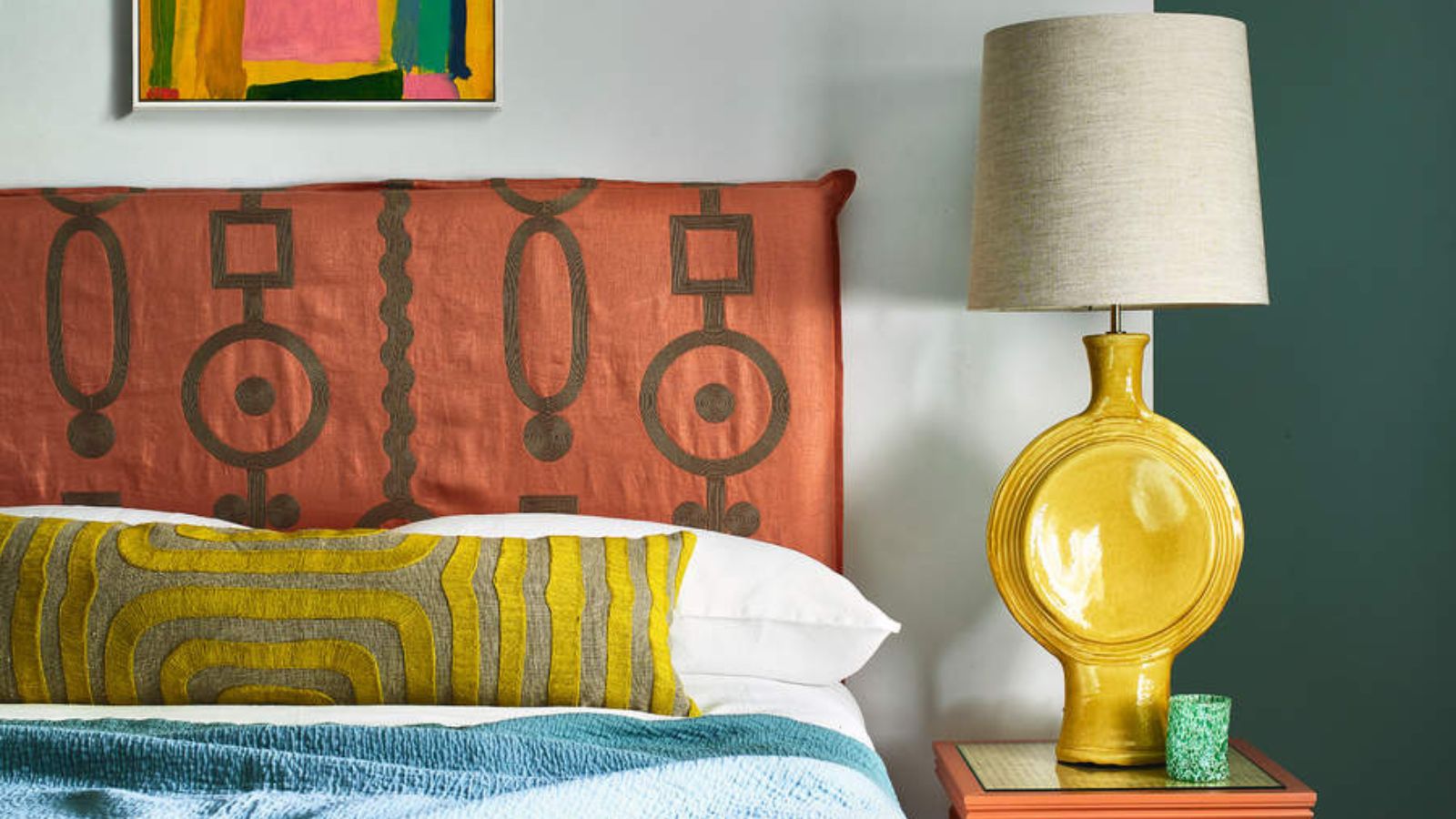
As the resident Sleep Editor at Homes & Gardens, I'm always looking to learn how to sleep better. As much as I'm interested in anecdotal evidence from customers and content creators, a sleep scientist is often my first port of call for comment.
So, I asked the Head of Sleep Science at Sleep Cycle, Dr. Mike Gradisar, to share his take on everything from bedtime routines to popular and emerging sleep trends.
In conversation with Dr. Mike Gradisar
Before we begin, a quick introduction to Dr. Mike, in his own words. 'Back in 2005, I did my PhD on circadian rhythms, insomnia, and thermoregulation. These days, I work at the intersections of sleep, mental health, and technology, helping to solve sleep problems based on clinical evidence.'
1. 'Sleep loves structure'
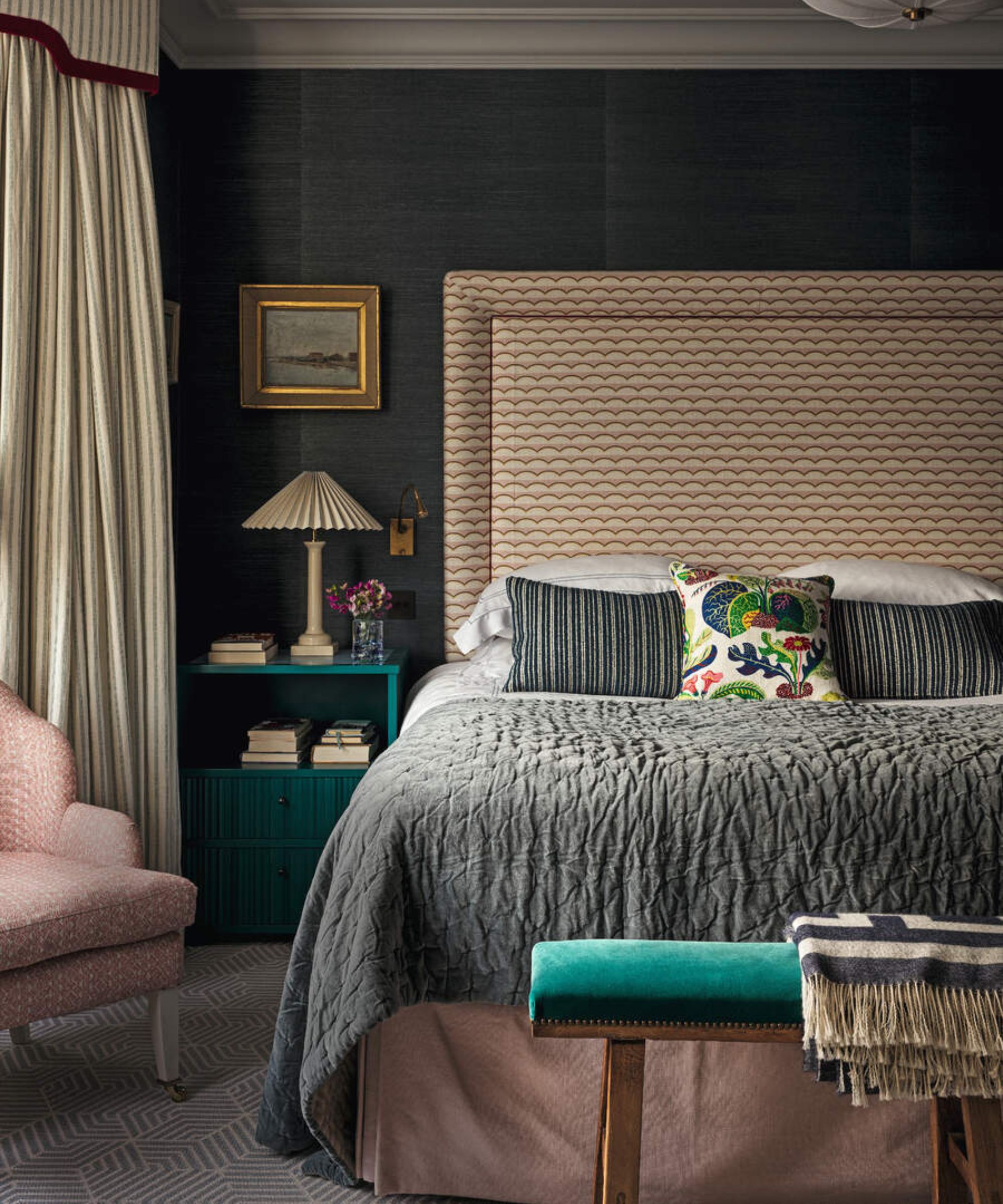
Before he started working with Sleep Cycle, Dr. Mike was the Director of the Child & Adolescent Sleep Clinic in Adelaide, Australia. He taught hundreds of school-aged children (and their families) how to sleep fast and soundly.
In light of his extensive experience with such a wide range of sleep styles, I asked Dr. Mike whether he had any universal advice for the readers of Homes & Gardens.
'If I look broadly at the interventions that we suggest to people, there's one thing that's common to most of our responses, and that's structure,' says Dr. Mike. 'As boring as it sounds, creating a consistent bedtime and wake-up time can go a long way towards solving all manner of sleep problems.'
Finding the right bedtime routine for adults could help you to fall asleep faster at night and feel more refreshed in the mornings. As Dr. Mike puts it, 'sleep loves structure. I pushed my sleep to the limit before I brought it back, so now I know what's healthy.'
Consider what a regular night-time regime might look like for you. You could infuse your space with the best bedroom scents for sleep or explore bedroom soundscapes to slow and soothe your racing thoughts.
2. Learn the terminology

Here at Homes & Gardens, we talk a lot about sleep hygiene. I asked Dr. Mike to define the term, drawing on his years of experience as a clinical psychologist.
'Sleep hygiene is an umbrella term,' Dr. Mike begins. 'It's partly to do with your behaviors. To practice good sleep hygiene, you want to avoid doing anything too stimulating before bed. Back in the 2000s, I was doing a lot of work with people who suffer from insomnia, and I would always tell them, don't do physical activity in the hours before bed, don't watch scary movies, and so on.'
'You'll also hear that you should avoid coffee, alcohol, and other stimulants too close to bedtime,' Dr. Mike continues. 'Honestly, I think the most important thing is to create a comfortable, dark, quiet space to sleep.'
Watch out for the things in your bedroom that could be ruining your sleep. You might want to replace your thin, flimsy curtains with blackout blinds, for example, or exchange your flat, floppy pillows for something more supportive.
3. Try not to be too influenced by sleep trends
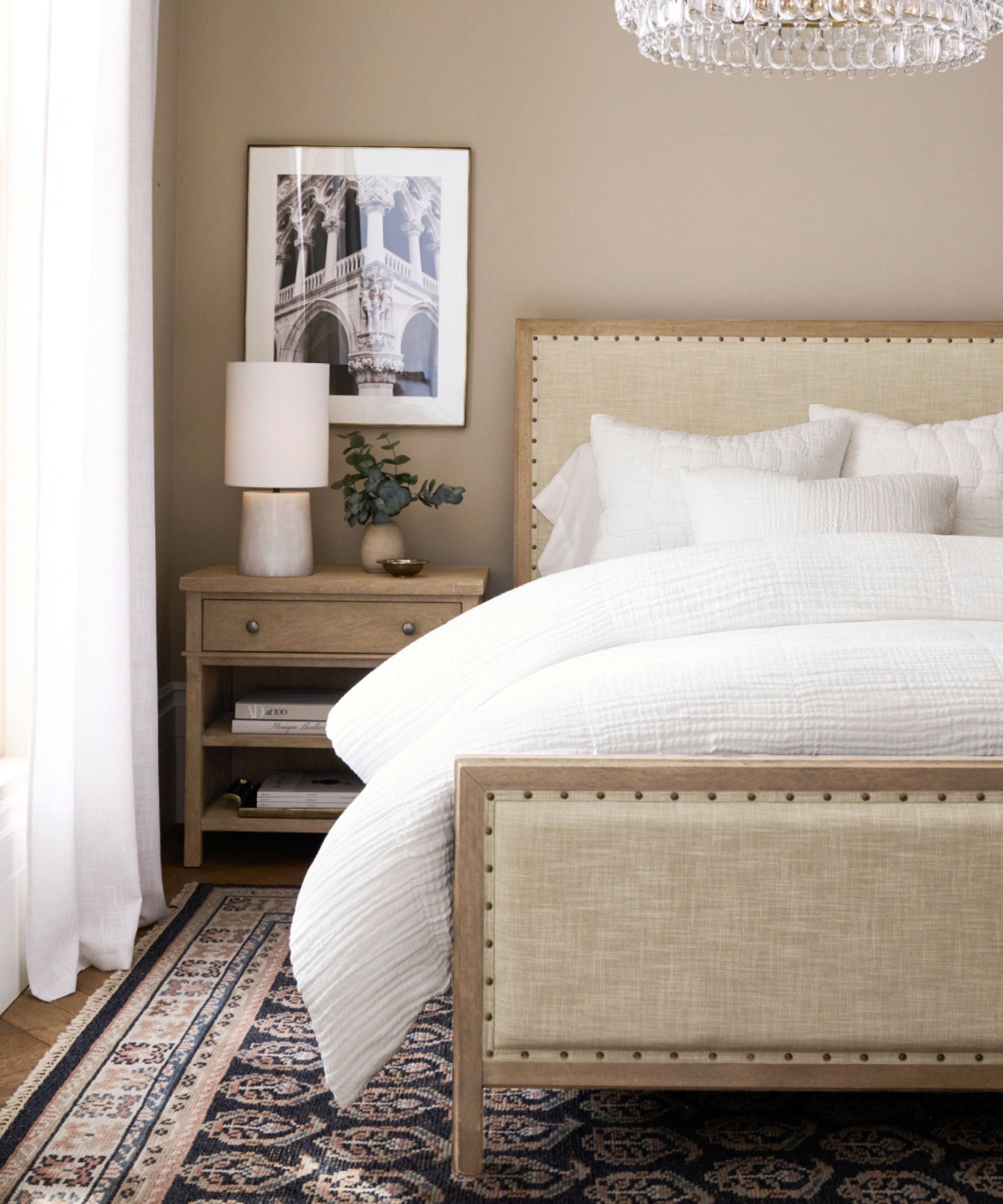
I first set up an interview with Dr. Mike because I wanted to learn more about the 10-3-2-1 sleep rule, which I've seen all over my social media feeds. I wanted to know whether such a hard-and-fast rule could qualify as universal advice.
'I first heard about the 10-3-2-1 sleep rule last year,' says Dr. Mike. 'I know a guy on LinkedIn with a lot of followers. I saw him propose the 10-3-2-1 rule, and I was like, what have I missed here?' So, I did what I usually do when I see a claim about sleep: go to Google Scholar and look for research. I couldn't find a single study, so I started thinking to myself, hang on, there is absolutely no evidence for this entire method, but it's still gaining traction on social media.'
Dr. Mike isn't surprised that the 10-3-2-1 rule is spreading: 'it's very catchy. I've seen variations of it, but in most, the 10 means 10 hours before you go to bed, and that's when you should stop drinking caffeine. The 3 and the 2 are often interchangeable. I've seen stop drinking water or stop eating.'
'More often than not, the 1 is about not using technology in the hour before bed. Now, my research has been testing this since 2008, and it's actually not that simple. This concept of avoiding technology so we aren't stimulated before sleep: we actually can't find strong evidence for that.'
4. Don't be afraid of blue light
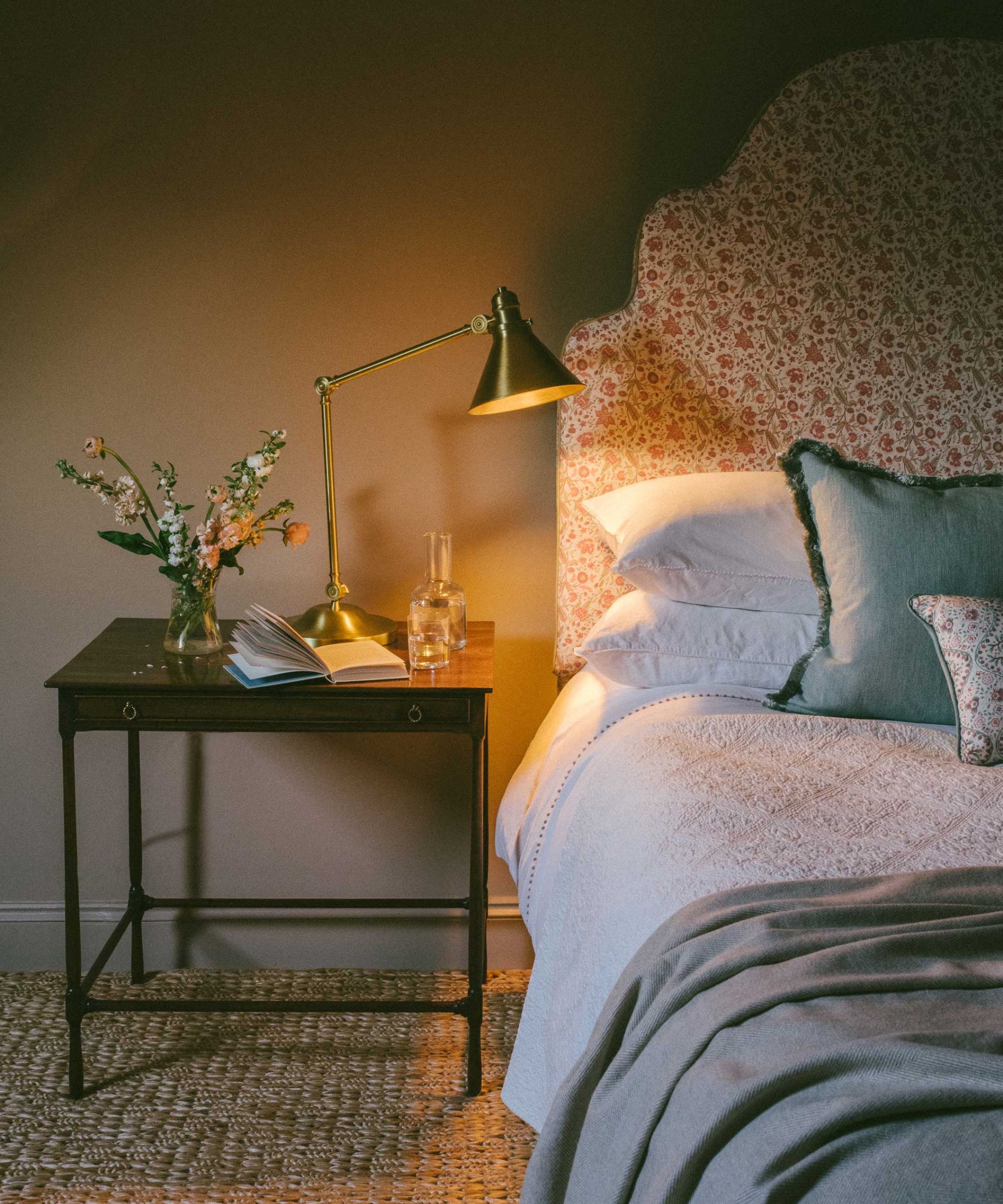
Dr. Mike recently published a paper exploring the link between technology use and sleep. Particularly, he's interested in the idea of blue light as a stimulant that impedes sleep. I asked Dr. Mike to give us a quick summary of his findings.
'It's really fascinating to me, because people have swallowed this idea that blue light comes from your screen, but when you look at it, where's the actual color blue?' asks Dr. Mike. 'Often, they'll go on to say that blue light suppresses the night-time hormone melatonin. Some go as far as to say blue light quashes melatonin, which is absolutely not true: it's only a slight decrease. Still, people claim that blue light makes it harder to fall asleep.'
'So, in 2014, my team and I published the first study testing the impact of the bright light from a screen on the time it takes to fall asleep,' Dr. Mike continues. 'On average, it was an increase of about 3.5 minutes. That's nothing. Since then, we've seen at least 10 more studies confirming our findings. In some cases, we've found that people actually fall asleep quicker with a bright screen versus a dim screen.'
'The crux of the matter is that the light that comes from your phone or laptop screen is nowhere near bright enough to shift your circadian rhythm,' Dr. Mike concludes. Good news if you want to learn how to fix your sleep routine without forgoing your nightly scroll.
5. Try sleep tracking
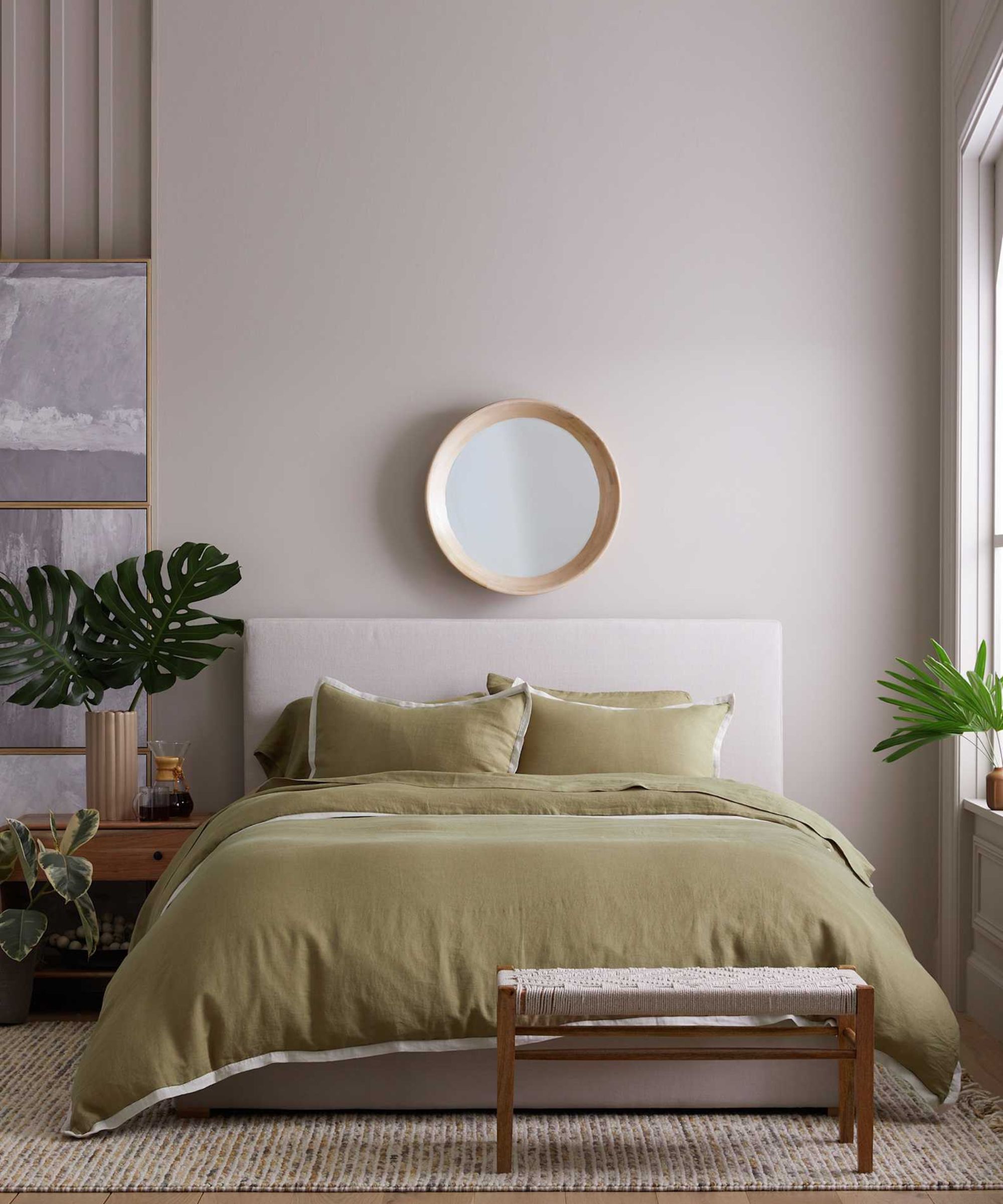
As the resident Sleep Editor at Homes & Gardens, I've dabbled in sleep tracking. Most recently, I tested the Eight Sleep Pod 4, beloved by tech moguls and elite athletes for its thermoregulation and vibrational alarm. I asked Dr. Mike to explain more about sleep tracking: what it is and whether he recommends it.
'Whenever someone with a sleep problem comes to see us, it's highly important that we measure their sleep before we make any changes,' says Dr. Mike. 'That way, when we suggest a technique, we can measure the impact of that change and track improvements.'
'I would say that sleep tracking is for anyone who wants to improve their sleep, whether they're curious or they have a specific problem,' Dr. Mike continues. 'My favorite sleep tech is a marriage of sleep tracking and machine learning, where you monitor your physiological signals in the night, be that breathing rate or thermoregulation, and use those readings to improve your sleep.'
6. Understand your sleep style
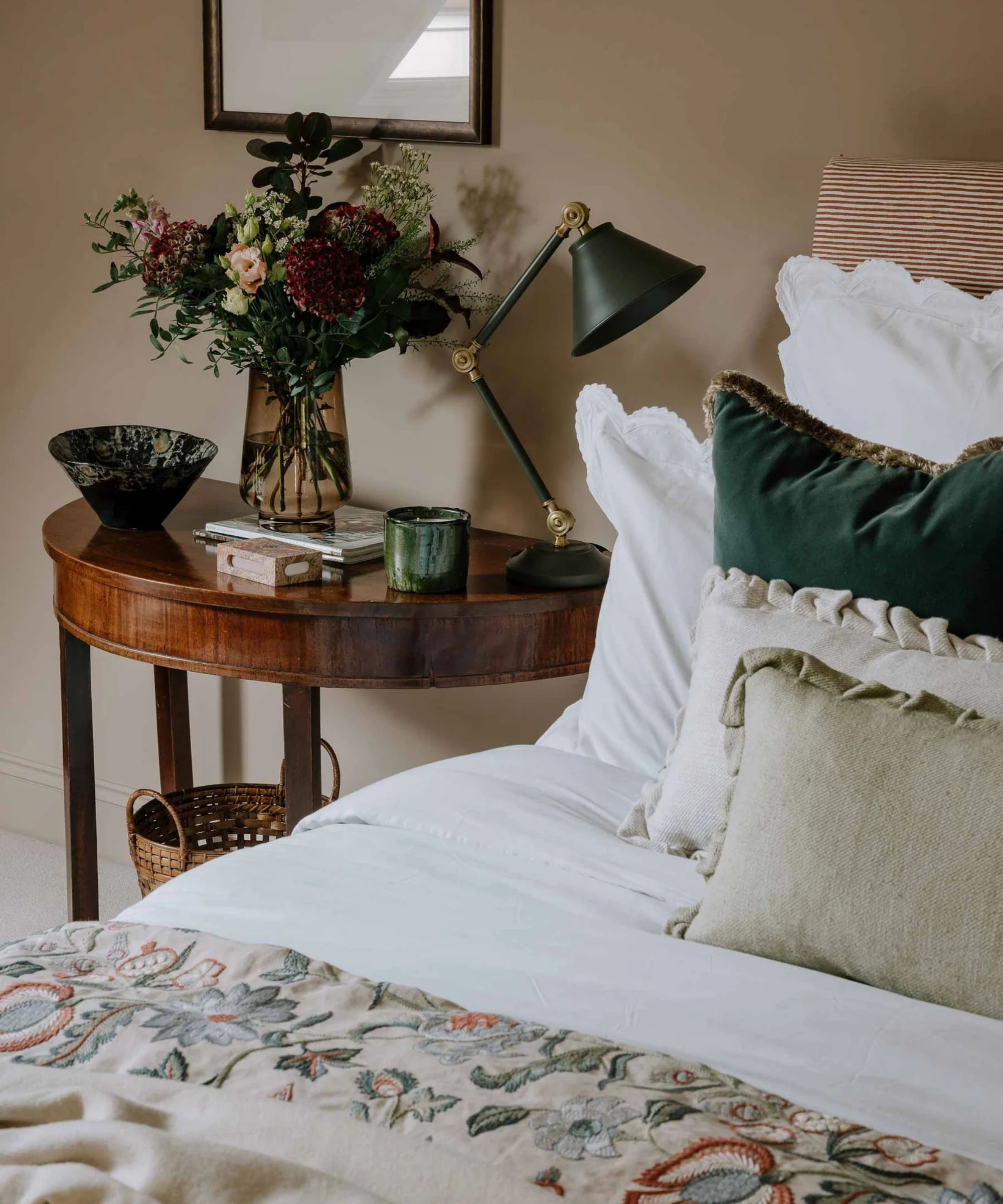
From my conversation with Dr. Mike, it's becoming clearer and clearer that sleep styles are incredibly personal. You can't prescribe blanket solutions (if you'll excuse the pun) for every individual problem.
'Whenever people with insomnia or any sort of sleep problem come to see someone like me, we spend an hour asking them a wide range of questions about all the different things that can affect sleep,' says Dr. Mike.
'The causes of sleep problems can look so different for different people. That's why something like the 10-3-2-1 method isn't always going to work. Say you've got a circadian rhythm disorder − the 10-3-2-1 method isn't going to tackle that whatsoever. What you need to do is match the underlying cause with a solution that is based on science.'
7. Turn to trusted sources

'What we're really hitting on today is that sleep trends are not the same thing as sleep science,' says Dr. Mike. 'This is such an important distinction, and I really do believe we're going to get to a point where there are so many people talking about sleep that it's hard to know who to trust. So, I'd urge you to do your research and find trustworthy sources, although it might feel like trying to find a needle in a haystack.'
So, rather than trusting unauthorised sources of information you find online, I'd recommend you research relevant experts. That might look like your doctor or a reputable sleep scientist.
Shop our favorite sleep accessories
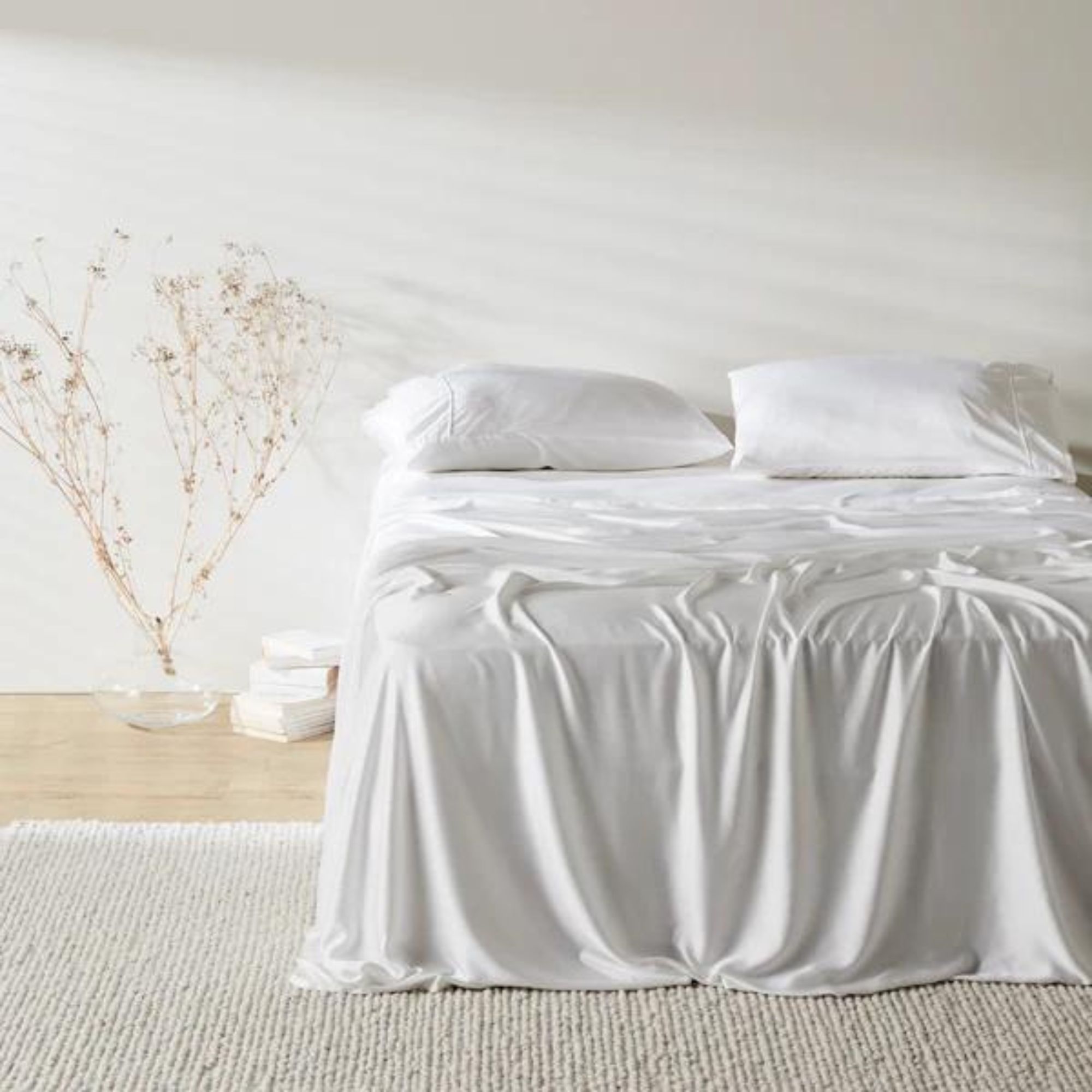
These are the best cooling sheets for eco-conscious shoppers. You get the natural thermoregulation and moisture-wicking of bamboo, without any toxic chemicals or solvents, just a sateen sheen.
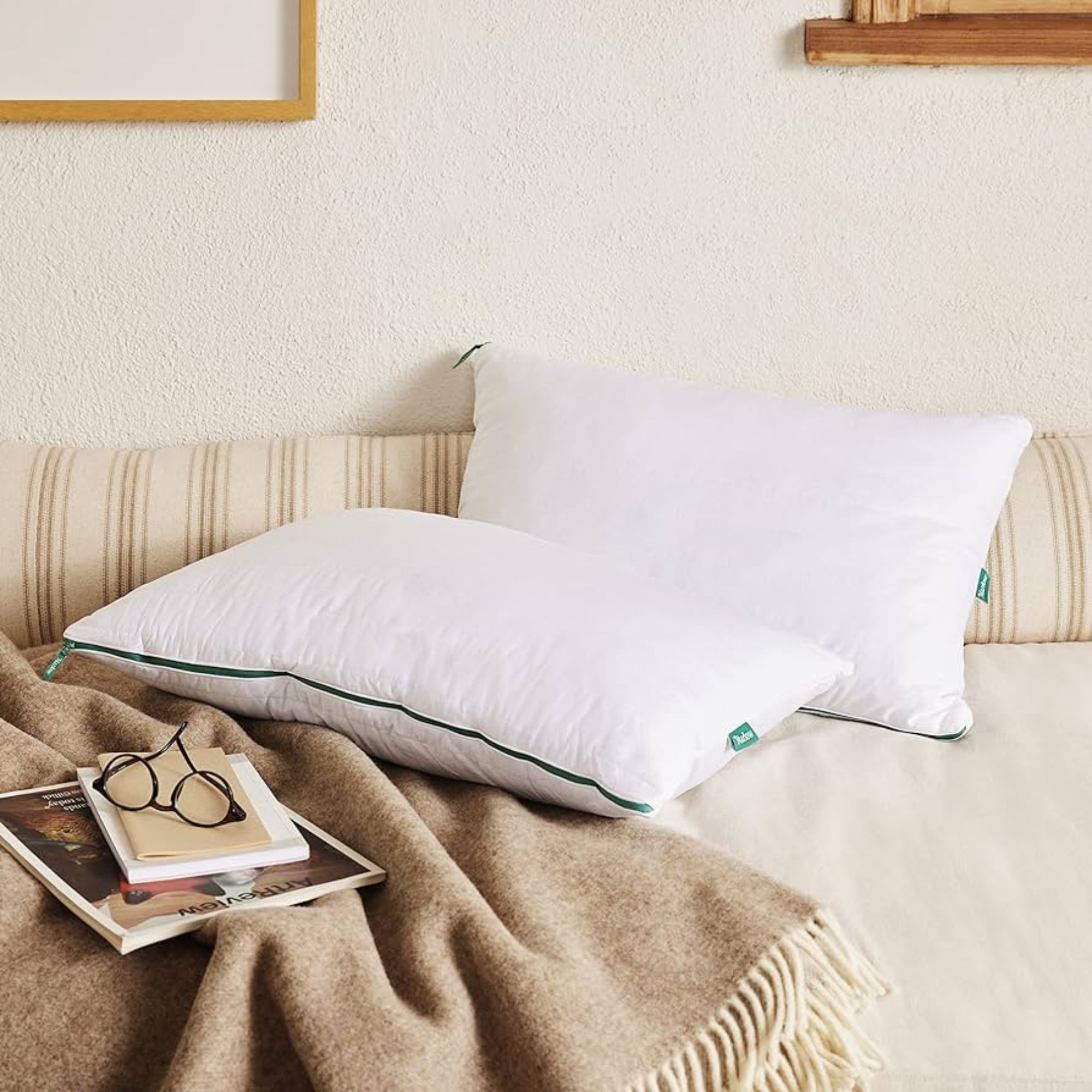
I recommend the Marlow Pillow in almost every one of our bedding buying guides. It's that rare thing: an adjustable pillow to suit a range of sleep positions without the threat of surplus fluff spilling on the floor.

'The DreamCloud Luxury Hybrid Mattress is soft yet supportive to accommodate every sleep position,' says expert tester Camryn Rabideau. 'The edge support is excellent, though the motion isolation is a little lacking, but the highly affordable price more than makes up for it.'
Meet our expert
Talking with Dr. Mike, I remembered another great interview I had with the mattress manufacturers and design experts at IKEA, learning all about Scandinavian sleep secrets and their solutions to common sleep problems.




